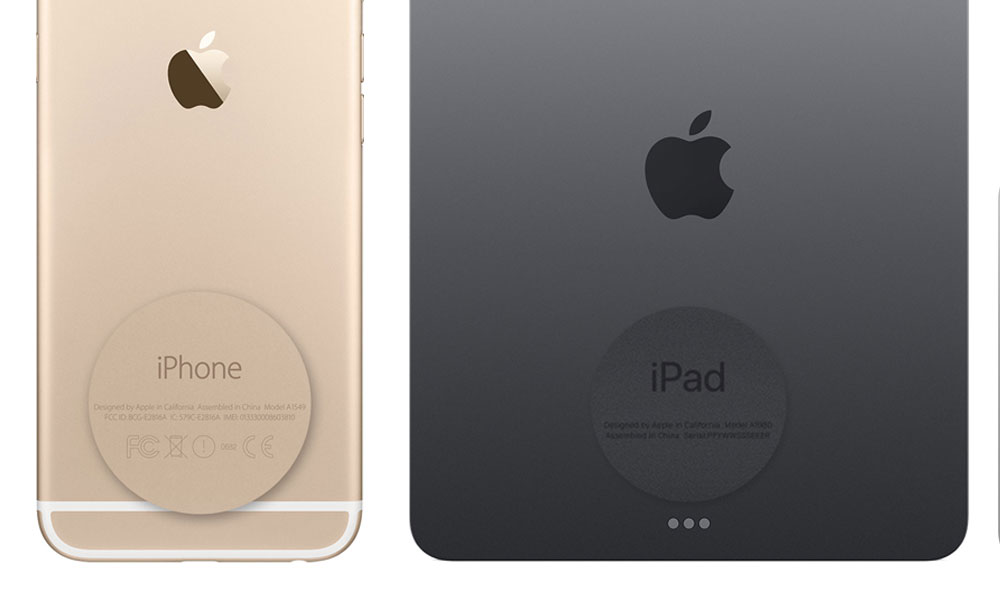Apple Is Switching to Randomized Serial Numbers (Here’s What That Means)
 Credit: Apple
Credit: Apple
Toggle Dark Mode
In a further move to improve user privacy, Apple has just informed its authorized service providers that it plans to begin using completely randomized serial numbers for its future products — a change that could come into effect in the next few weeks.
Although many people don’t realize it, there’s actually a pattern to Apple’s current serial number format that allows a fair bit of information to be gleaned just by analyzing the serial number, including when and where the product was made and other details like the model, colour, and storage capacity.
To be fair, none of this is highly personal information, but there’s also a case to be made that it shouldn’t be so readily available simply from deconstructing the number itself, especially now that Apple provides readily accessible databases that Apple Stores and Apple Authorized Service Providers can use to validate serial numbers and look up these details.
However, in an internal AppleCare memo seen by MacRumors, Apple has told its employees and partners that it will be using a new serial number format, consisting of a randomized alphanumeric string of 8–14 characters, no part of which will include any manufacturing or configuration information.
According to the email, the transition is scheduled to begin in “early 2021” — in other words, very soon. However, this only appears to be affecting new products that Apple hasn’t yet released; to avoid confusion, all currently shipping Apple products, even new ones yet to be manufactured, will continue using the current serial number format.
Also, although it will affect the actual serial numbers used for iPhones and cellular-capable iPads and Apple Watches, IMEI numbers will not be impacted, as these still have to follow an international standard, and Apple technically only controls six of the digits within an IMEI anyway.
Deconstructing Apple Serial Numbers
For years, Apple’s serial numbers have followed such a standardized format that multiple websites have popped up to help users decipher them to figure out information about their devices, such as when and where they were manufactured.
The first three characters of an Apple serial number identify the country or location of manufacture. For example, except for “F” and “FC” which represent Fremont, California, and Fountain, Colorado (respectively), most (but not all) of the other serial numbers beginning with the letter “F” are for products made by Foxconn in China, making these by far the most common serial numbers on Apple products, although there are other combinations for China and many other countries from the U.S. to Ireland and Mexico.
The next two characters are also used to indicate the year (C through Z) and week (1–9) of production, and what’s interesting is that Apple actually began recycling these numbers last year, since it ran out of letters after “Z” was used for the latter half of 2019.
Apple never used “A” or “B” in this position, but rather went back to “C” for the first half of 2020 and “D” for the second half — both letters that previously represented products manufactured in 2010.
The next three digits are the only ones without any real meaning, since they’re simply used to make sure the serial numbers are unique for units with identical configurations that were made at the same location, during the same week.
Finally, it’s the last four numbers that contain information about the actual device and its configuration, such as whether it’s a MacBook or an iPhone, and details about storage capacities, colours, and so forth.
What This Means for You
Most Apple customers aren’t likely to care very much about this, since as we said there’s not a lot of personal information hidden in a serial number, but any step in the direction of anonymizing your hardware choices can’t be a bad thing.
A more cynical take is that this could also be another step in Apple’s fight against right-to-repair legislation in various countries, since it could make things slightly more challenging for independent repair shops that don’t have access to Apple’s serial number database. However, it’s really hard to imagine that this would have enough of a negative impact for it to be the reason for Apple making this change.
Random serial numbers could help to reduce instances of fraud, however, since it also makes it virtually impossible for a scammer to attempt to construct a seemingly valid serial number.
While Apple’s Serial Number Lookup Tool will confirm whether a serial number actually exists, there are still many third-party websites that don’t do this — they simply identify product information by deconstructing serial numbers, so many users could be fooled into thinking a given serial number represents a real product just by finding a match from one of these sources.
Either way, we don’t think this change will affect Apple customers in any negative way. For the most part, Apple product serial numbers are mostly only necessary for confirming warranty coverage, and that’s not something that non-authorized repair companies are going to need to care about. Meanwhile, Apple Stores and Apple Authorized Service Providers will still be able to look that information up in Apple’s actual product database.






